 The following is a press release of a significant development from MyHeritage.
The following is a press release of a significant development from MyHeritage.
MyHeritage Upgrades Its Consumer DNA Tests to Whole Genome Sequencing
MyHeritage becomes the first major DNA testing company to fully adopt Whole Genome Sequencing; the upgrade leverages technology by Ultima Genomics and processing at the Gene by Gene lab
TEL AVIV, Israel & LEHI, Utah & HOUSTON & FREMONT, California October 14 , 2025 — MyHeritage, the leading global platform for family history and DNA testing, announced today a landmark move to Whole Genome Sequencing for its at-home DNA test, MyHeritage DNA. Leveraging cutting-edge sequencing technology from Ultima Genomics and processing at the Gene by Gene lab, MyHeritage is the first major consumer DNA testing company to adopt Whole Genome Sequencing at a scale of more than one million tests per year. The enriched data will empower MyHeritage to deliver more accurate ethnicity analysis and DNA matching, and unlock opportunities for future innovation in consumer genomics and genetic genealogy.
Whole Genome Sequencing reads almost the entire human genetic code, covering around 3 billion base pairs (nucleotides). This is superior to the standard genotyping arrays used by most consumer DNA tests, including MyHeritage until recently, which read only about 700,000 base pairs. More data enables deeper insights across all types of genetic analysis. Whole Genome Sequencing is now being applied to most new MyHeritage DNA kits currently being processed at the lab, and to every new MyHeritage DNA kit sold moving forward. MyHeritage DNA kits already processed with the older genotyping array technology will not be reprocessed with Whole Genome Sequencing. Customers whose MyHeritage DNA kits are processed with Whole Genome Sequencing will be able to download their entire genome from MyHeritage at no cost, in CRAM format. They may also unlock additional insights by uploading their data to other trusted genetic service providers that support such uploads.
Due to its high technological potential, MyHeritage has been eying Whole Genome Sequencing for years. A pioneering study by the MyHeritage Science Team published in 2020 validated Whole Genome Sequencing for reliable relative matching at scale. Following that study, MyHeritage has been collaborating closely with Ultima Genomics since its emergence from stealth mode in mid-2022, and later jointly with Gene by Gene, to prepare the scientific and logistical foundation for upgrading the MyHeritage DNA processing pipeline to Whole Genome Sequencing using Ultima’s technology. The upgrade was completed successfully and creates new opportunities for MyHeritage to deliver deeper insights into ethnic origins, family connections, and genetic genealogy, without any price increase to consumers. Even before this upgrade, MyHeritage was consistently the most affordable DNA test on the market among the major DNA testing companies. The upgrade to Whole Genome Sequencing makes the MyHeritage offering even more compelling.
“This is a pivotal moment for genetic genealogy,” said Gilad Japhet, Founder and CEO of MyHeritage. “We are proud to take this pioneering step into Whole Genome Sequencing together with Ultima Genomics and with our longstanding partners at Gene by Gene. MyHeritage customers will enjoy the fruits of this technological upgrade for years to come, through increased accuracy, deeper insights, and exciting new products.”
“MyHeritage’s move to Whole Genome Sequencing marks a major milestone for consumer DNA testing,” said Dr. Gilad Almogy, Founder and CEO of Ultima Genomics. “It demonstrates the scalability and maturity of Ultima’s innovative technology and accelerates the immense value that Whole Genome Sequencing can bring to consumers. It has been a pleasure collaborating with MyHeritage over the past few years, and we are proud to work together with them and Gene by Gene to bring genetic genealogy to new heights for millions of consumers worldwide.”
“The transition to Whole Genome Sequencing represents the most ambitious project in our years-long partnership with MyHeritage,” said Dr. Lior Rauchberger, CEO of Gene by Gene. “We are proud to help set a new standard in consumer genomics and support the growth of what will soon become the world’s largest database of whole genomes. The rollout is centered at Gene by Gene’s state-of-the-art laboratory in Houston, Texas, which will house a large fleet of Ultima UG100™ sequencing instruments.”
Privacy Commitment
MyHeritage is committed to the privacy and security of its customers’ data. All genetic data is encrypted and stored securely, and MyHeritage does not sell or license data to third parties. MyHeritage strictly prohibits the use of its platform by law enforcement. All genetic samples are automatically destroyed by the lab after processing, except those stored securely for customers who have enrolled in the MyHeritage DNA BioBank service. This provides customers with peace of mind not offered by most other major DNA testing companies.
About MyHeritage
MyHeritage is the leading global platform for family history. It enriches the lives of people worldwide by enabling them to uncover more about themselves and where they belong. With a suite of intuitive products, billions of historical records, AI-powered photo tools, and an affordable at-home DNA test, MyHeritage creates a meaningful discovery experience that is deeply rewarding. The MyHeritage platform is enjoyed by more than 62 million people around the world who treasure and celebrate their heritage. MyHeritage is committed to the privacy and security of its customer data and is available globally in 42 languages. www.myheritage.com
About Ultima Genomics
Ultima Genomics is unleashing the power of genomics at scale. The company’s mission is to continuously drive the scale of genomic information to enable unprecedented advances in biology and improvements in human health. With humanity on the cusp of a biological revolution, there is a virtually endless need for more genomic information to address biology’s complexity and dynamic change—and a further need to challenge conventional next-generation sequencing technologies. Ultima’s revolutionary new sequencing architecture drives down the costs of sequencing to help overcome the tradeoffs that scientists and clinicians are forced to make between the breadth, depth and frequency with which they use genomic information. The new sequencing architecture was designed to scale far beyond conventional sequencing technologies, lower the cost of genomic information and catalyze the next phase of genomics in the 21st century. www.ultimagenomics.com
About Gene by Gene
Gene by Gene is a world leader in genetic testing services with over 20 years of experience. Its laboratory holds accreditation from multiple agencies, including CAP, CLIA, New York State Department of Health, California Department of Public Health, and AABB. With a cutting-edge laboratory and highly trained team of experts, Gene by Gene is committed to excellence in the field of genetic analysis. www.genebygene.com
Contacts
MyHeritage
Margaux Stelman
+972 52-953-4295
pr@myheritage.com
Ultima
Vikki Herrera
408-206-7009
vikki@oakstreetcommunications.com
Gene by Gene
Josie Zohny
jzohny@acmarketingpr.com
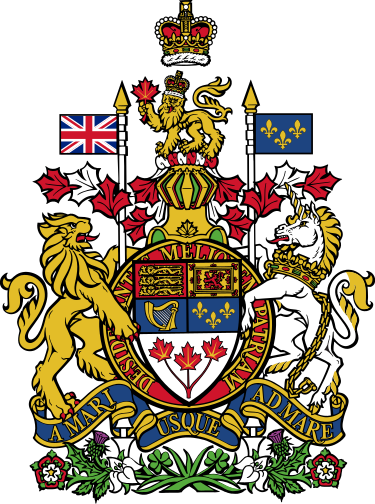



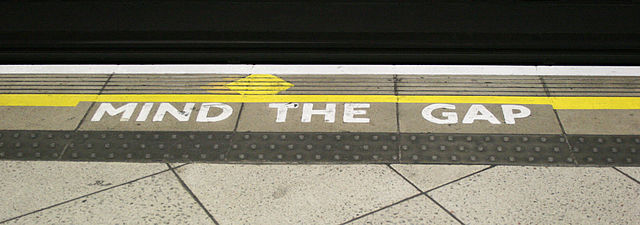

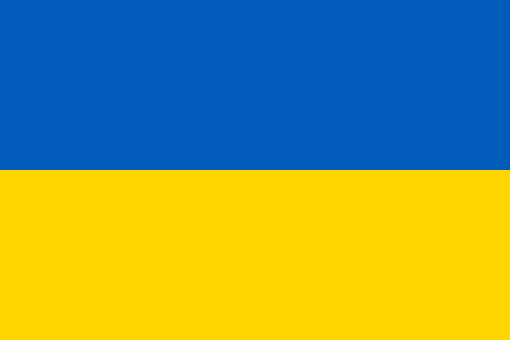
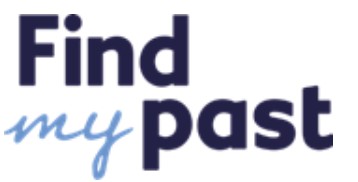 Sussex Burials
Sussex Burials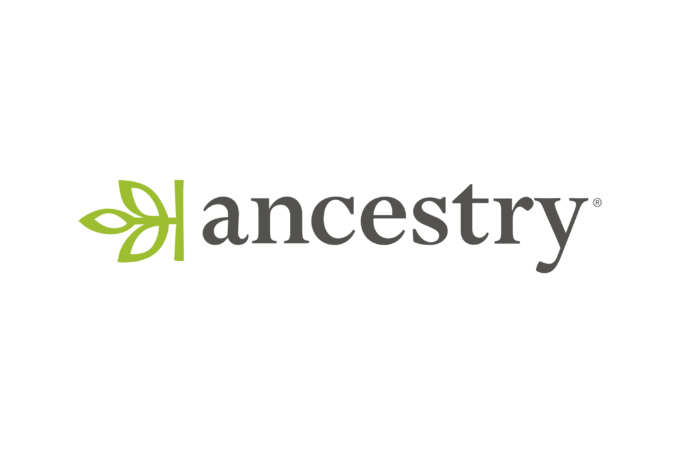 Before online databases took over, the Genealogical Research Directory was essential for connecting family historians. If you’ve got old volumes gathering dust, they may still be valuable research tools. Now, Ancestry has some of them online.
Before online databases took over, the Genealogical Research Directory was essential for connecting family historians. If you’ve got old volumes gathering dust, they may still be valuable research tools. Now, Ancestry has some of them online.
 I asked ChatGPT to give me some ideas for an AI gamification of family history research for BIFHSGO.
I asked ChatGPT to give me some ideas for an AI gamification of family history research for BIFHSGO. The following is a press release of a significant development from MyHeritage.
The following is a press release of a significant development from MyHeritage.